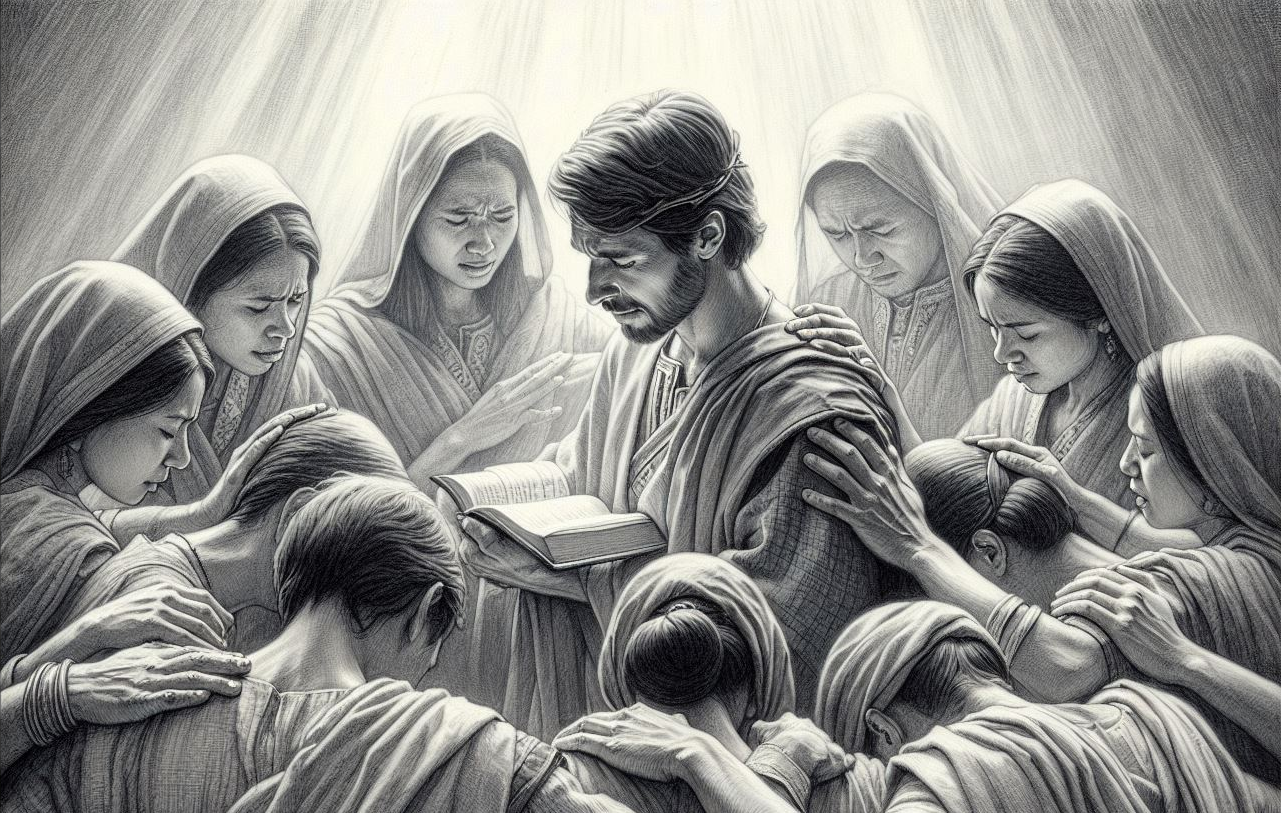Robert Greenleaf’s Servant Leadership and Trustees as Servants
Robert K. Greenleaf’s concept of servant leadership revolutionizes the traditional power hierarchy, suggesting leaders should prioritize serving others. His book covers a topic known as “Trustees as Servants” where he applies this philosophy to trustees in organizations.
The Choosing of the Seven (Acts 6:1-7)
6 In those days when the number of disciples was increasing, the Hellenistic Jews among them complained against the Hebraic Jews because their widows were being overlooked in the daily distribution of food. 2 So the Twelve gathered all the disciples together and said, “It would not be right for us to neglect the ministry of the word of God in order to wait on tables. 3 Brothers and sisters, choose seven men from among you who are known to be full of the Spirit and wisdom. We will turn this responsibility over to them 4 and will give our attention to prayer and the ministry of the word.”
5 This proposal pleased the whole group. They chose Stephen, a man full of faith and of the Holy Spirit; also Philip, Procorus, Nicanor, Timon, Parmenas, and Nicolas from Antioch, a convert to Judaism. 6 They presented these men to the apostles, who prayed and laid their hands on them.
7 So the word of God spread. The number of disciples in Jerusalem increased rapidly, and a large number of priests became obedient to the faith.
Trustees as Servant Leaders
Trustees should act as servant leaders, focusing on serving the organization, its employees, and stakeholders, rather than wielding power. They are responsible for ensuring the organization adheres to its mission and values and serves society’s greater good.

“Trustees should be chosen”
Role of Trustees
The essay highlights the trustees’ role in offering caring and demanding assistance to executives, understanding the organization’s challenges and opportunities, and guiding it towards its goals.
Embracing Servant Leadership
Greenleaf discusses the trustee role’s ambiguity and how trustees can claim their rightful functions. By embracing servant leadership, trustees can regenerate trust and help their institutions thrive amidst complexity and change.
Conclusion
In essence, Greenleaf’s work is a call to action for trustees to lead with service, inspire change, and safeguard their institutions’ integrity and purpose.